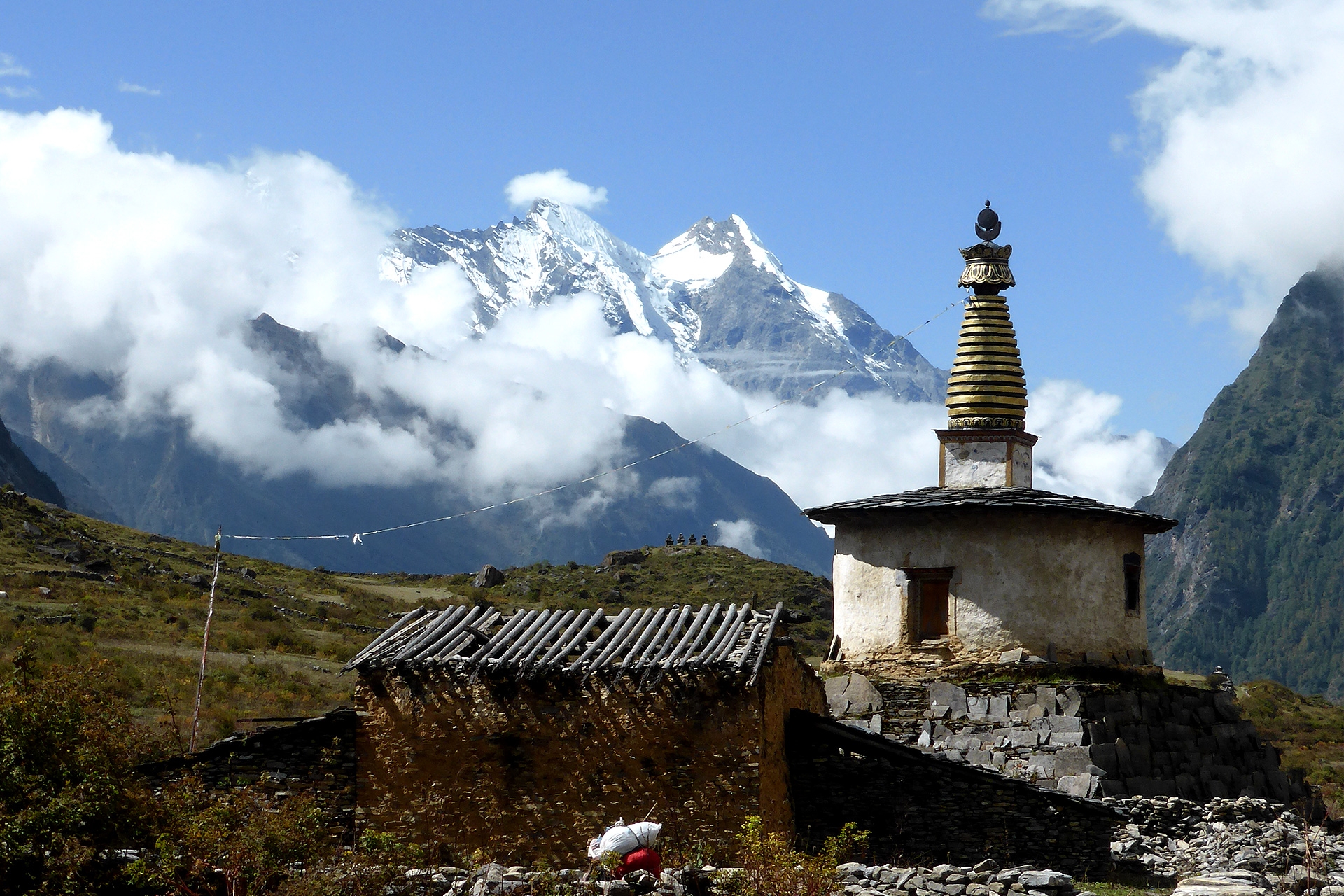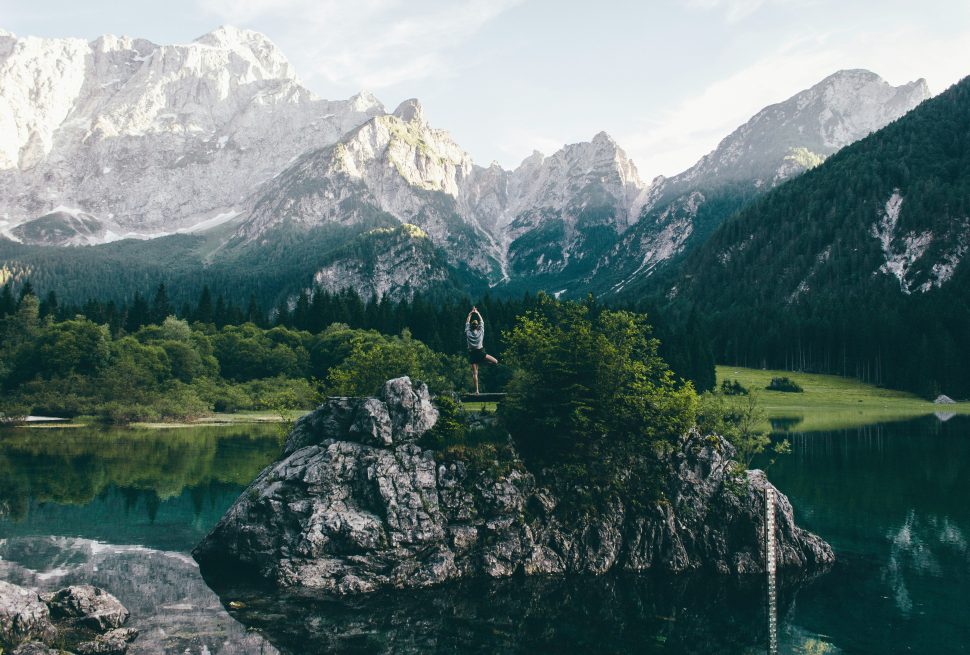Tsum Valley, is located in the northern part of Nepal, it is a pristine region filled with vibrant culture, untouched landscapes, and a deeply rooted community spirit. Often described as one of the most beautiful valleys in the Himalayan region, Tsum Valley is part of the remote Manaslu Conservation Area. Despite its remote location, the valley’s rich cultural heritage and historical significance make it an enticing destination for those seeking a genuine Nepalese travel experience.
This valley, still untouched by modernity, offers visitors an opportunity to immerse themselves in the ancient Tibetan Buddhist culture that has been preserved for centuries. The people of Tsum Valley, known as the Tsumba, have managed to uphold their traditions and way of life despite being separated from the outside world for decades. It is in this isolation that their culture has flourished, maintaining authenticity in its customs, religion, and community life.
The Significance of Tsum Valley’s Community
Tsum Valley is not just about scenic beauty; it is the heart of the local community that makes this region stand out. The people of Tsum Valley are known for their deep connection with nature, spirituality, and a strong sense of unity. Their harmonious way of life is evident in the way they manage to thrive in such a harsh and remote environment. The community’s everyday life is intertwined with the Buddhist faith, and the monasteries, such as Mu Gompa and Rachen Gompa, serve as cultural and spiritual hubs.
In Tsum Valley, visitors can observe how religion plays a central role in shaping the lives of its people. Festivals such as Lhosar, Saka Dawa, shagya and Lhabab Duchen bring the community together in joyous celebrations, offering travelers a unique glimpse into their spiritual practices. Monasteries like Mu Gompa and Rachen Gompa are key elements of Tsumba society, functioning not only as places of worship but also as educational and cultural centers.
Tsum Valley’s Rich Cultural Heritage
The cultural heritage of Tsum Valley is heavily influenced by Tibetan Buddhism, which was introduced to the region centuries ago. The people of Tsum Valley share a close affinity with Tibet, with much of their culture, language, and traditions reflecting Tibetan origins. Their language, known as Tsumba Tibetan, is spoken by the local community and remains largely untouched by modern influences.
One of the most unique features of Tsum Valley is its practice of polyandry, where a woman is married to multiple brothers. This ancient practice, though uncommon elsewhere, is still followed by some families in the region and is closely tied to the social structure and economy of the Tsumba people. This system helps maintain family wealth and land, and reflects the community’s collective approach to life.
Religion plays an integral role in the daily lives of the Tsumba people. Every home in Tsum Valley features small shrines or altars dedicated to Buddhist deities, and religious rituals are an essential part of their routine. Mani walls, intricately carved stones inscribed with Buddhist prayers, can be seen throughout the valley, while chortens and prayer wheels are dotted along the trekking paths, offering spiritual blessings to all who pass by.
The Spiritual Heart of Tsum Valley: Monasteries and Pilgrimage
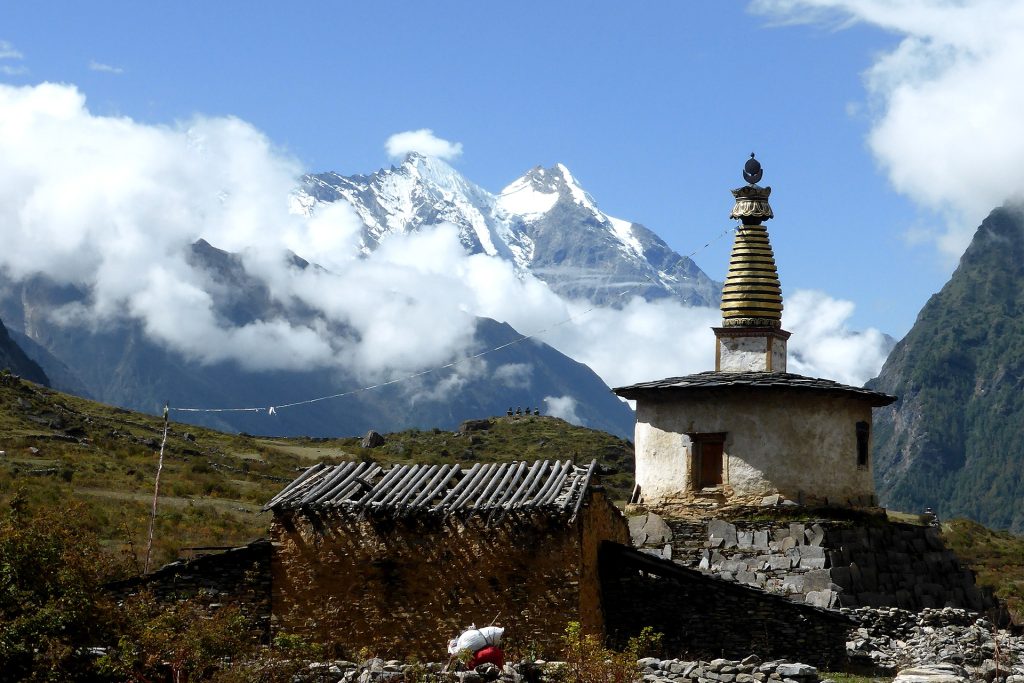
One of the key attractions for travelers visiting Tsum Valley is the opportunity to explore the valley’s rich spiritual heritage. The region is home to several ancient monasteries that hold great significance in Tibetan Buddhism. Among these, Mu Gompa and Rachen Gompa stand out as important centers of learning and meditation.
- Mu Gompa, located at an altitude of 3,700 meters, is the largest and most important monastery in Tsum Valley. Established centuries ago, it serves as a residence for monks who dedicate their lives to spiritual learning and meditation. The monastery is also a popular pilgrimage site for devotees from Nepal, India, and Tibet.
- Rachen Gompa, located further down the valley, is another key spiritual hub, housing nuns who practice meditation and spiritual teachings. The gompa is adorned with colorful thangkas (Tibetan Buddhist paintings) and prayer flags, adding to its serene and peaceful atmosphere.
For those seeking spiritual growth or simply a deeper understanding of Buddhist traditions, Tsum Valley offers a rare chance to witness and participate in age-old rituals and ceremonies. Visitors can take part in meditation sessions, listen to monks recite Buddhist texts, and even engage in discussions about the teachings of the Buddha. The experience of being surrounded by the tranquil beauty of the Himalayas while immersed in Tibetan Buddhism is truly unique.
Tsum Valley Festivals: Celebrating Tradition
Festivals play a significant role in the cultural identity of Tsum Valley. These events are not only spiritual in nature but also serve as a means to bring the community together. One of the most vibrant festivals celebrated in the valley is Lhosar, the Tibetan New Year, which is marked by grand celebrations, prayers, and traditional dances.
Another important festival is Saka Dawa, which commemorates the birth, enlightenment, and death of Lord Buddha. During this festival, locals gather at monasteries to offer prayers, participate in rituals, and engage in acts of generosity, such as providing food to monks and distributing offerings to the needy.
The Lhabab Duchen festival, which marks the descent of Buddha from heaven, is also widely celebrated in Tsum Valley. The festival is characterized by mask dances, chanting of prayers, and rituals that reflect the valley’s deep connection with Tibetan Buddhist practices. For visitors, attending these festivals provides a profound insight into the spiritual life of the Tsumba people, allowing them to witness age-old traditions that have been preserved for centuries.
Tsum Valley’s Natural Beauty and Yoga Trekking
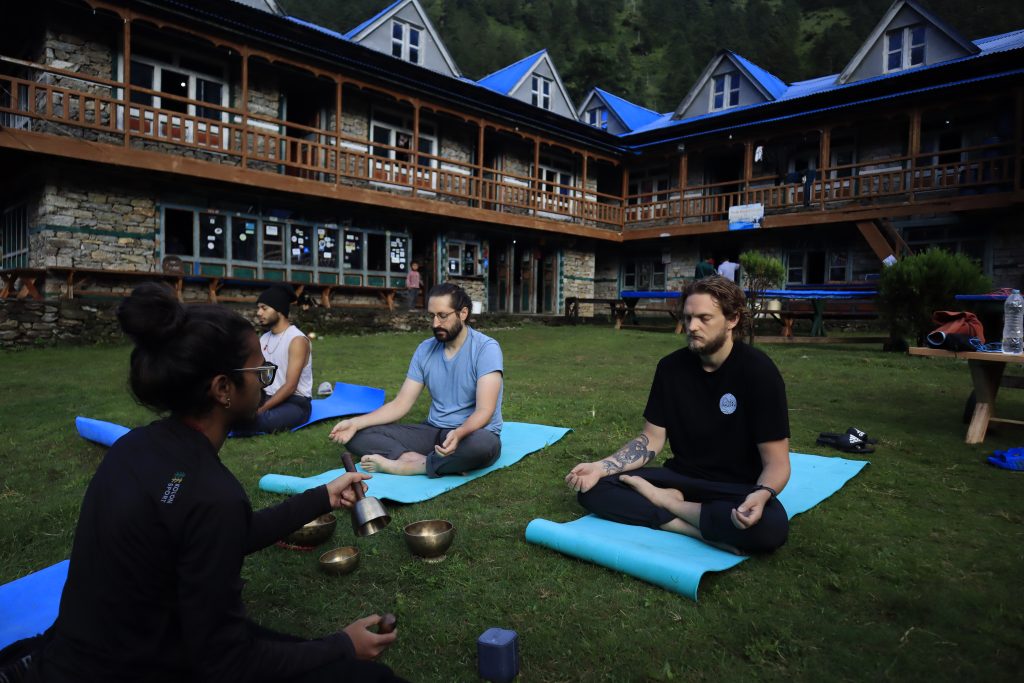
In addition to its cultural and spiritual offerings, Tsum Valley is renowned for its stunning natural beauty. Nestled in the shadow of the Ganesh Himal and Sringi Himal, the valley is characterized by its lush green terraced fields, pristine rivers, and towering snow-capped peaks. The diverse landscapes of the valley, ranging from dense pine forests to high-altitude meadows, make it a paradise for nature lovers and yoga trek enthusiasts.
- The valley is also home to a rich variety of wildlife, including rare and endangered species such as the snow leopard, Himalayan tahr, and blue sheep. Birdwatchers will delight in spotting species like the Himalayan monal and Tibetan snowcock, adding to the valley’s appeal for eco-tourism.
Trekking through Tsum Valley offers travelers breathtaking views at every turn. The journey takes you across suspension bridges that sway over deep gorges, past cascading waterfalls, and through traditional Tibetan villages where time seems to have stood still. The valley’s isolation has helped preserve its natural beauty, making it one of the last remaining unspoiled regions in the Himalayas.
Traditional Villages: Preserving a Way of Life
The villages of Tsum Valley are like living museums, where the traditional way of life has remained largely unchanged for centuries. Each village tells its own story, but together they form a cultural tapestry that is unique to the region. These settlements are built in harmony with their surroundings, using natural materials like stone and wood, and often perched on terraced hillsides overlooking lush valleys.
The Tsumba people, the indigenous inhabitants of the valley, have a strong connection to their land and culture. Their way of life is deeply influenced by Tibetan Buddhism, which is evident in their daily practices, festivals, and community structure. Agriculture remains the primary livelihood for most families, with barley, potatoes, and wheat being the main crops. The fields are meticulously terraced and irrigated by ancient systems that have been passed down through generations.
Visitors to the valley can immerse themselves in the local way of life by staying in traditional home-stays. These accommodations, offered by local families, provide a unique opportunity to experience Tsumba hospitality firsthand. Guests are often treated to traditional meals, prepared from locally sourced ingredients, and have the chance to participate in daily activities such as milking yaks, tending to fields, or weaving. This close interaction with the Tsumba community offers a rare glimpse into a way of life that has been preserved despite the encroachment of modernity.
Tibetan Influence in Tsum Valley’s Culture
One of the most striking features of Tsum Valley is the influence of Tibetan culture on every aspect of life here. The valley’s proximity to Tibet has led to a blending of traditions, with Tibetan Buddhism serving as the spiritual foundation of the community. Many of the older residents of the valley still speak the Tibetan language, and Tibetan customs and festivals are integral to the cultural fabric of the region.
The presence of numerous mani walls (stone walls engraved with Tibetan Buddhist mantras) and chortens (Buddhist shrines) throughout the valley serves as a testament to the deep-rooted spiritual beliefs of the local people. Visitors trekking through the valley will often encounter prayer wheels and flags fluttering in the wind, symbolizing the valley’s devotion to Buddhism.
The Tsumba people follow the Nyingma school of Tibetan Buddhism, which is one of the oldest schools of Buddhism. This particular branch emphasizes meditation and spiritual teachings, making Tsum Valley a center for Buddhist learning and reflection. The local monasteries, such as Mu Gompa and Rachen Gompa, play a key role in preserving these teachings, serving not only as spiritual centers but also as places of cultural exchange and education.
The Resilience of the Tsumba Community
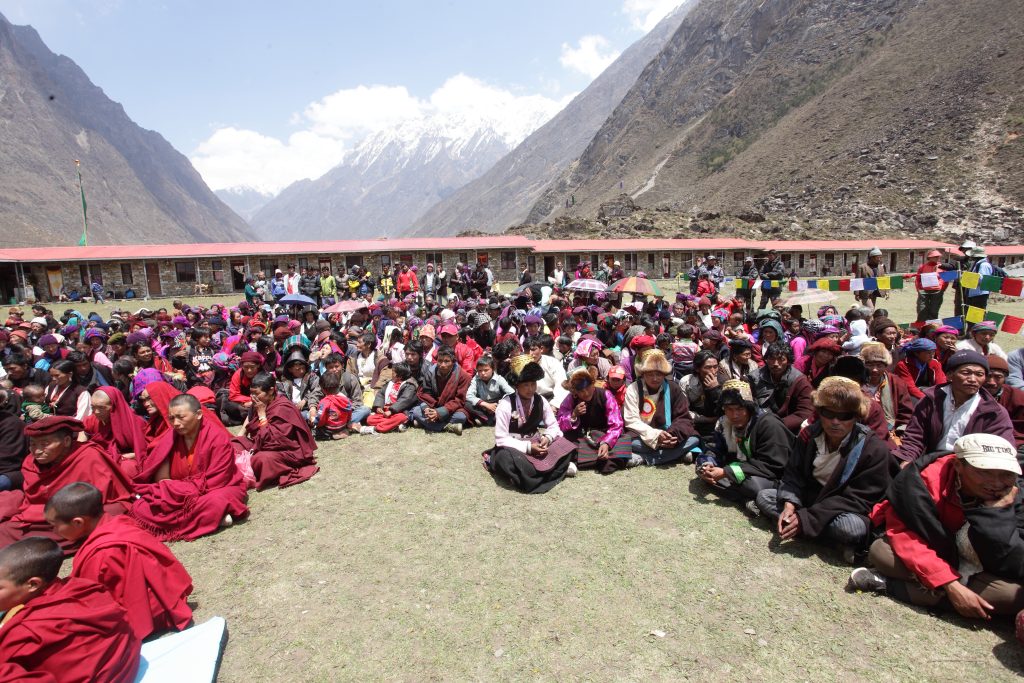
Despite the challenges posed by isolation and harsh environmental conditions, the Tsumba people have demonstrated remarkable resilience in preserving their culture and way of life. The community’s strong sense of identity and connection to their heritage is evident in their daily routines and celebrations.
One of the remarkable aspects of Tsum Valley’s community is their commitment to sustainability. Living in harmony with nature, the Tsumba people have developed practices that ensure the conservation of their environment while meeting their needs. They rely on traditional farming methods that have minimal impact on the landscape and maintain a balanced relationship with the flora and fauna surrounding them. This sustainable approach not only supports their livelihoods but also safeguards the pristine beauty of Tsum Valley for future generations.
The community-led initiatives have gained momentum in recent years, focusing on eco-tourism and cultural preservation. By engaging with visitors, the locals aim to share their stories, traditions, and the unique biodiversity of the region. Tourists are encouraged to participate in community activities, fostering an exchange of knowledge and culture that enriches both visitors and residents.
Supporting Local Artisans
Another vital aspect of the Tsumba community’s culture is the craftsmanship of local artisans. Traditional practices such as weaving, wood carving, and metalwork are not only integral to their daily lives but also serve as expressions of their cultural identity. Visitors to Tsum Valley can find exquisite handwoven textiles, intricate Tibetan jewelry, and beautifully crafted wooden items, all made by skilled local artisans.
Purchasing these handcrafted items is a way for travelers to support the local economy and ensure that traditional crafts continue to thrive. Many artisans are happy to share their techniques and stories, allowing visitors to gain a deeper understanding of the craftsmanship involved and the cultural significance behind each piece. This interaction helps preserve their traditional skills and promotes a sense of pride within the community.
Trekking Routes and Cultural Exploration
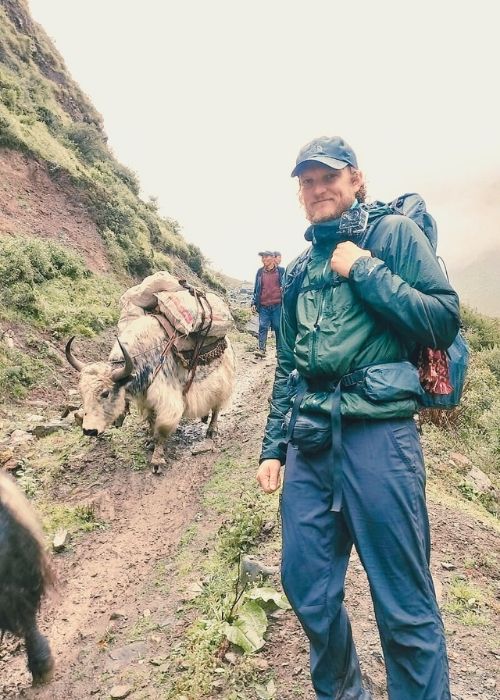
Trekking is one of the most rewarding ways to explore Tsum Valley, offering an opportunity to witness the breathtaking landscapes and engage with the local culture. The yoga trek to Tsum Valley is a well-trodden path that leads adventurers through a stunning array of natural beauty, including snow-capped peaks, verdant valleys, and vibrant wildflower meadows.
During the trek, you will encounter numerous villages where the Tsumba people live. Each village has its own unique character and charm, providing travelers with insights into their way of life. Interacting with the locals, enjoying their hospitality, and participating in community activities enrich the trekking experience, making it not just a physical journey but also a cultural exploration.
The trek typically takes about two weeks, allowing ample time to immerse yourself in the environment and culture. Along the way, you’ll also have the opportunity to visit sacred sites, ancient monasteries, and cultural landmarks that are central to the identity of Tsum Valley. The interplay of nature and culture creates a profound experience that resonates long after the journey is complete.
Cultural Festivals: Celebrating Traditions
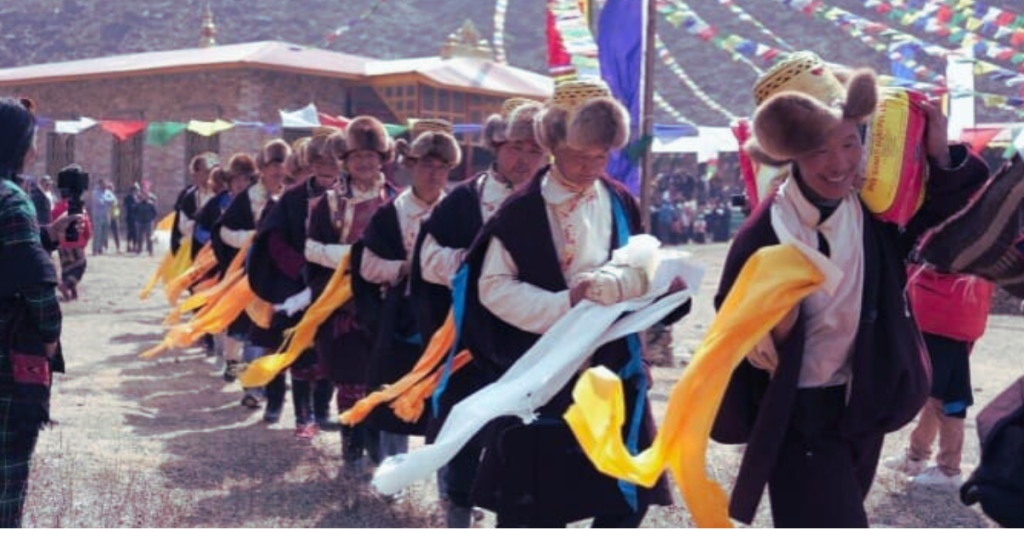
The vibrant culture of the Tsumba people comes to life during the various festivals celebrated throughout the year. These events are not only a time for joyous celebration but also a means of reinforcing community ties and preserving cultural traditions. One of the most significant festivals is Lhabab Duchen, which commemorates the descent of Buddha from heaven to earth. During this festival, villagers gather in their finest attire, engage in traditional dances, and participate in prayer ceremonies. The atmosphere is filled with joy, laughter, and a deep sense of spirituality.
Another important celebration is Saka Dawa, which marks the birth, enlightenment, and death of the Buddha. This month-long festival involves various rituals and activities aimed at accumulating merit. The local community engages in acts of kindness and charity, making it a deeply meaningful occasion. Visitors are often welcomed to join in the festivities, providing a unique opportunity to witness and participate in Tibetan Buddhist practices firsthand.
These festivals not only celebrate religious beliefs but also serve as a platform for cultural expression, with traditional music, dance, and art taking center stage. For travelers, attending these celebrations provides invaluable insights into the spiritual life and community spirit of the Tsumba people.
Sustainable Tourism: A Path Forward
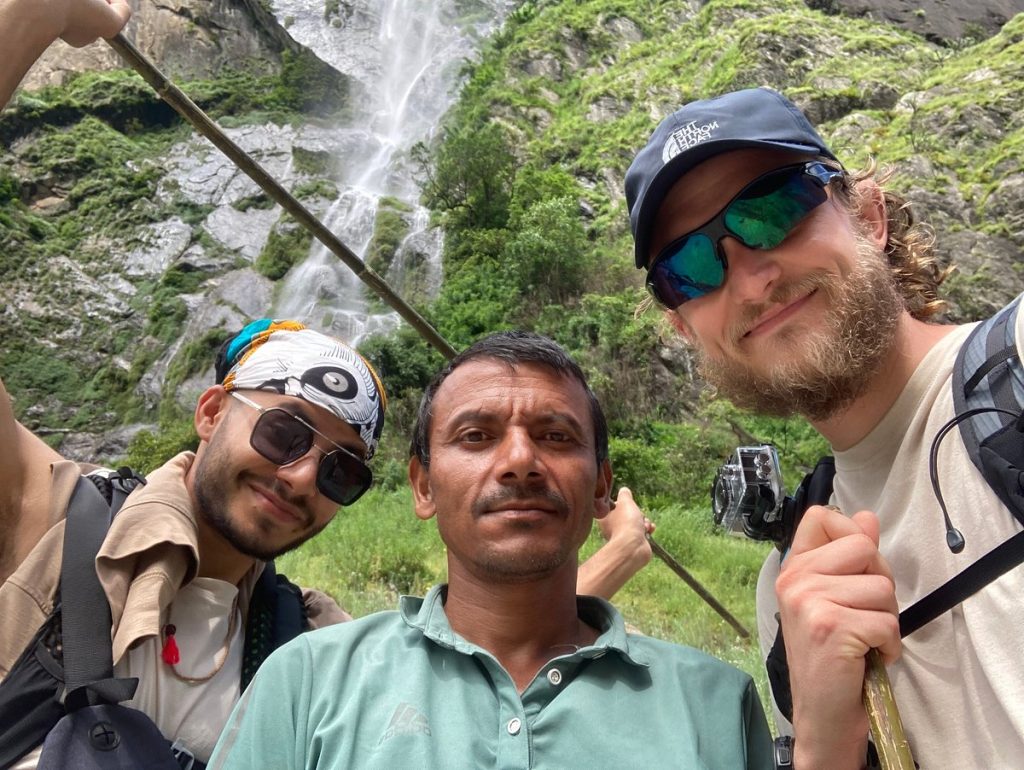
As more travelers discover the beauty and culture of Tsum Valley, the importance of sustainable tourism practices becomes increasingly vital. The Tsumba community recognizes the potential of tourism to support their economy while preserving their culture and environment. By promoting eco-friendly practices, local stakeholders aim to minimize the impact of tourism on their delicate ecosystems.
Visitors can contribute to sustainable tourism by choosing responsible tour operators who prioritize community engagement and conservation efforts. Participating in community-led initiatives, respecting local customs, and minimizing waste are all ways travelers can ensure their visit positively impacts the Tsumba people and their beautiful valley.
In conclusion, Tsum Valley is not just a destination; it is a vibrant tapestry of culture, community, and breathtaking landscapes. From the resilient Tsumba people to the stunning natural beauty that surrounds them, this hidden gem in the Himalayas offers travelers a unique opportunity to connect with a way of life that has endured for centuries. As you embark on your journey to Tsum Valley, prepare to be captivated by the warmth of its people, the richness of its traditions, and the serene beauty of its landscapes.
Conclusion
In conclusion, Tsum Valley stands as a testament to the enduring spirit and rich culture of the Tsumba people. This hidden gem invites travelers to embark on a journey that goes beyond mere sightseeing. Here, you can immerse yourself in a vibrant community that celebrates its unique Tibetan heritage while embracing the beauty of its natural surroundings.
Whether you seek adventure, spiritual enrichment, or a deeper understanding of Tibetan culture, Tsum Valley promises to leave an indelible mark on your heart. As you prepare for your journey, remember that you are not just a visitor; you are a participant in the living story of Tsum Valley, where the mountains whisper tales of resilience, and the people extend their warm embrace to all who come seeking the essence of this remarkable place. Check out our package of Tsum Valley by clicking here.

